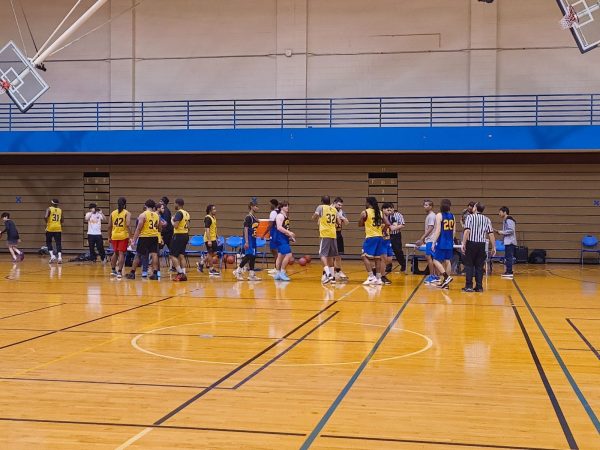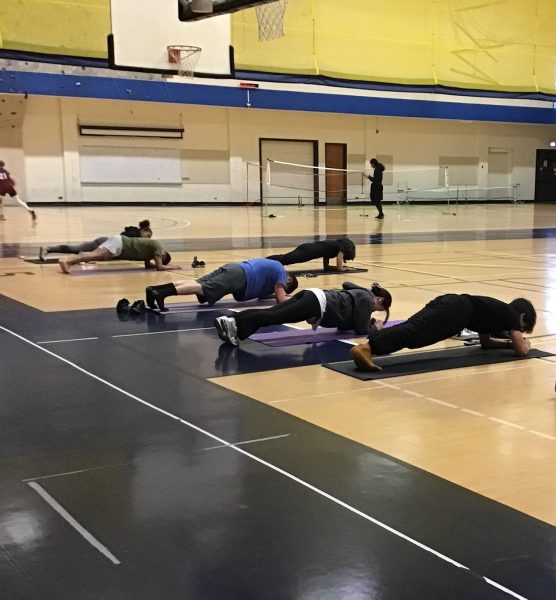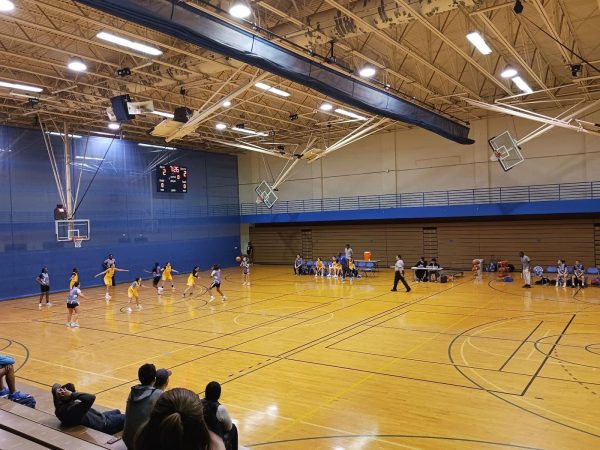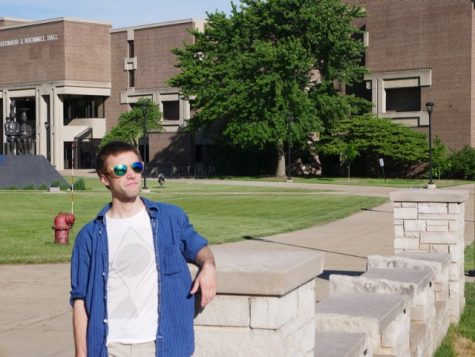The Scorpion, the Bull, and the Last Dance
There were no clouds but the sky was milk-blue all the same. Seville’s arena, Real Maestranza, was white and crimson with yellow details and thin arches. The pit was filled with golden sand and the glassy air vibrated in the 110-degree heat.
A pair of horsemen came from one of the pit doors, followed by the matadores (the ones who will slay the bull) gliding with Olympic-style grace. The assistants came out too along with six mounted men — both horse and rider adorned with thick gold-colored armor and the riders in wide-brimmed white hats.
Less than half an hour later, an assistant knelt over the first bull — its back pressed against the wall of the arena, legs kicking up dirt in spasms — carving deep into its neck, toward the spinal column, with a long knife. When the bull stopped moving, the hind legs were chained to the back of a chariot. Then, the bull was swept through the arena like a wet tissue, in a long semi-circle shadowed by a thin red trail on the sand, and through the gates.
Well…that bull was a fatalist from the get-go. It bolted onto his final stage with a dazed and disinterested look on its face, like it had downed a Forty (malt liquor) in the locker room (but who, in their right mind, would dare fault it were this so?)
Perhaps he was disappointed that the arena wasn’t full. We’ll never know. He wasn’t available to comment.
The bull appeared to know what was coming and didn’t seem to mind too much. “Alright, alright,” he might have said with an air of resignation. “Let’s get this whole thing done quick and painlessly.”
But the torero’s aim, on this most unfortunate occasion, was tragically amiss. The killing of the bull, meant to be graceful, is to be painless and instantaneous. The blade is to sever the spinal column in one quick thrust and go straight to the heart. But that fate was not for this bull. He ascended to the rowdy pastures in what looked to be a brutal agony.
The matador had sashayed around him, dodged his charges, moved within inches of his face, and wore the bull out.
But he had failed in that most important aspect; he had failed to make a clean kill — the height of a matador’s art.
The second bull fared better than the first, both in life and death.
I missed most of that bullfight. There aren’t second chances for people who take too long at the concession stand. It turns out they don’t let spectators return to their seats in the middle of a match.
From what little I saw of that match, the bull went down quickly. The matador drove his sword straight down the neck, and the bull slumped over immediately. It was, at least, a better fate than the last bull.
The third bull must have seen what happened to the first two. He came charging out of the gate like steam locomotive, fire in his eyes, tears running down his cheeks. You could say he had a thirst for vengeance.
The picadores (mounted toreros with a lance) had swirled around him on their golden horses, weighed down his neck, pierced him all over— but he remained undeterred. He kept his cool. He was waiting for the time to strike.
The matador circled around him, inching closer and closer while flashing his cape from side to side. He must have been mere centimeters from the bull. Close enough that he could have made a kill then and there were it not so early in the fight.
Where the other bulls had been disoriented, this bull-we’ll call him Roger-must have noticed some weakness in the torero’s position.
There was a brown flash and the torero was in the air, and then on the ground. Always a professional, he sprung to his feet like nothing had happened and moon walked out of the arena.
Roger had won.
But the poor bull had little time to savor his victory. Fifteen or so matadores emerged from the many gates of the arena and descended upon Roger as though he had set the whole country on fire. He was almost immediately cornered and stabbed at a rate nearing fifty times per second.
And then Roger was gone from this world, and probably the next one too. It took less than a second for him to know he was doomed. I’ll never forget the look in his eyes, a look that said: “Holy ****.”
Which, by sheer coincidence, was the same thing I said.
This article is the story of an event witnessed by a staff member who visited Seville, Spain, where bullfighting is part of the culture.
The Independent Newspaper does not condone or support the mistreatment of animals in any way, shape or form. Readers can learn more about the history of this topic at www.realmaenstranza.com.
Your donation will support the student journalists of Northeastern Illinois University's The Independent, either in writers' payment, additional supplies and other items of note. Your contribution will allow us to purchase additional equipment for writers/photographers/illustrators and cover our annual website hosting costs.









Santiago • Sep 21, 2015 at 1:46 pm
Dear Independent,
I take exception from the final writing in this article “But the poor bull had little time to savor his victory. Fifteen or so matadores emerged from the many gates of the arena and descended upon Roger as though he had set the whole country on fire. He was almost immediately cornered and stabbed at a rate nearing fifty times per second.”
I can understand that the writer is passionate and very detailed about what happens in the arena. However to exaggerate the way in which the bull dies at the end, rest credibility to the article, especially to those who know about it.
I have attended many bullfights in many countries and never have witnessed a bull been stabbed at a rate nearing fifty times per second, please! As a reader, I would like to know that what I am reading captures veracity and facts, not so much opinion and lies.
Sincerely!